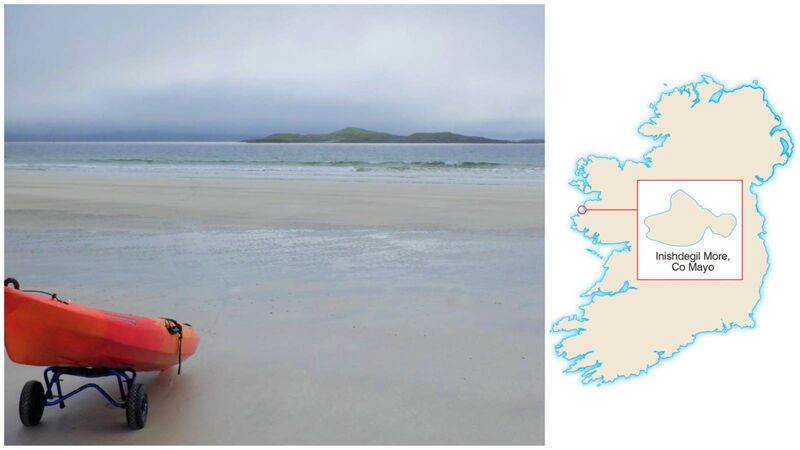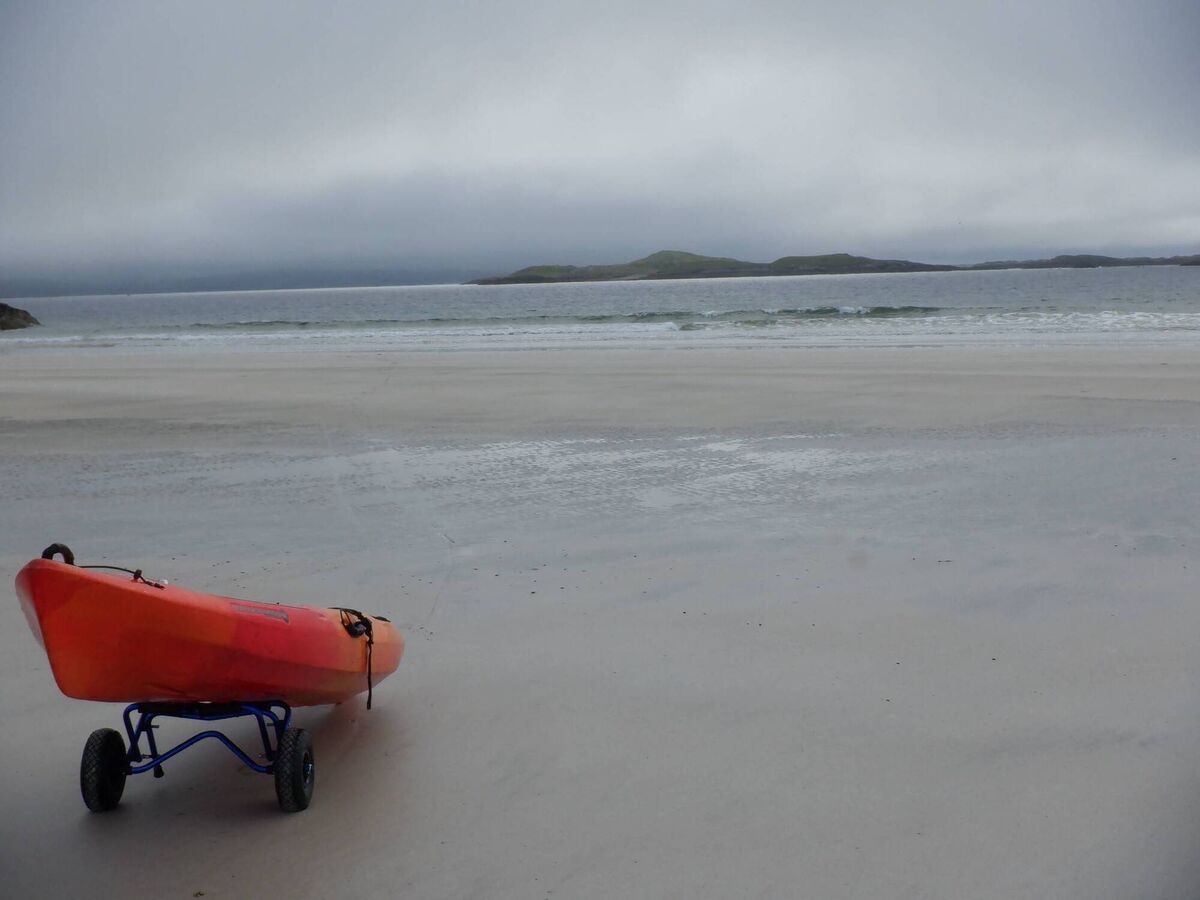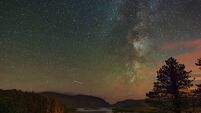Islands of Ireland: Storm-lashed, gloriously beautiful Inishdegil More

Islands of Ireland: Inishdegil More is a beachcomber's paradise
The seaboard side of Connaught’s highest mountain is a wild and forbidding place. With the mammoth flank of Mweelrea at 814m hulking above the coastline there is room enough only for a few fields between the road and the sea. A winding road brings you past a few houses and a church to the magnificent Silver Strand.
As well as the latter, White Beach adds its own intangible vista to the picture. To call this place gloriously beautiful is an unforgivable understatement.
However, in the 19th century it was extremely remote from the rest of the country and barely heard of. To reach it involved a journey over the mountain roads from Louisburgh to the north, or from Leenane to the southeast. 'Lazy beds' and a ruined village from the Famine testify to the difficult past. The area even has its own hidden kingdom of a sort called the Lost Valley.
Survival here must have been extremely difficult. Imagine then, not even having the means to live here and having to chose a storm-lashed island about a kilometre off-shore for your home. It is nigh on impossible. Yet two families, both named Toole, did just that on this island.
Inishdegil More offered by far the best opportunity in the cluster of islands to eke out an existence. Its 32 acres offer reasonable shelter under its 32m summit — an odd mathematical harmony. To this day the land offers enough grazing for a few sheep.
Aerial shots reveal how the island was parcelled up into lengthy fields with fine stone walls. These walls dip over rocky outcrops and march up along the edge of marshes delineating the good land from the bad. They suggest an impassioned claim on the land by the Tooles, whether from each other or from nature itself.
There are lazy beds up and down the island indicating a fairly intensive agricultural subsistence. The two families in all likelihood supplemented their vegetable and meat diet with fish, and on the eastern side much calmer waters were available. The families’ old houses, occupied until the 1940s, are now decrepit with just the four walls standing. How much more liveable a place this island would have been if they had managed to nurture a screen of trees.

A 1901 census record for one of the houses records a Michael Toole aged 28, born in 1873, with his wife, Margaret, aged 22. A William Toole, aged 76, also lived with the married couple, presumably, Michael’s father. Michael could read and write and speak English as well as Irish.
As you might expect from the towering seas that frequently bombard this part of the coastline there is an amount of flotsam and jetsam thrown up on the islands. In among the dishevelled creels, faded buoys and plastic bottles lies a fairly indestructible-looking telegraph pole. This is a beachcomber’s paradise and its secrets may one day be revealed to someone who has time to indulge this quixotic pastime.
No archaeological remains have been found on Inishdegil More which is hard to fathom seeing as it is relatively close to shore and would have been an attractive enough location for memorials.
As a place largely untouched by humans, the island is a haven for birds, rare and not so rare. However, on my visit on a drenched Summer evening, the only birds evident were the skittering oystercatchers.
Inishdegil More derives from Inis Téigil Mór which is one of just several versions of the name in the last several hundred years: Innisteige, Tegile Island, Innistogal and Ennisdeagle being some of the more standout ones.
Inishdegil More lies just outside the mouth of our only fjord, Killary Harbour.
It has a number of satellites in Inishdegil Beag, Illanglass, and the wonderfully named Gubnaglamph and Carricknaglamph. or the Rock of The Lepers’. The ending ‘clamh’ also has the sense of ‘mangy thing’, which is a little unkind. However, an island of the lepers conjures up some Gothic horror on which it is probably best not to dwell.
How to get there: No ferry. Kayak from Silver Strand. Or inquire at Rosroe Pier at far end of Killary Harbour.
Other: birdguides.com







